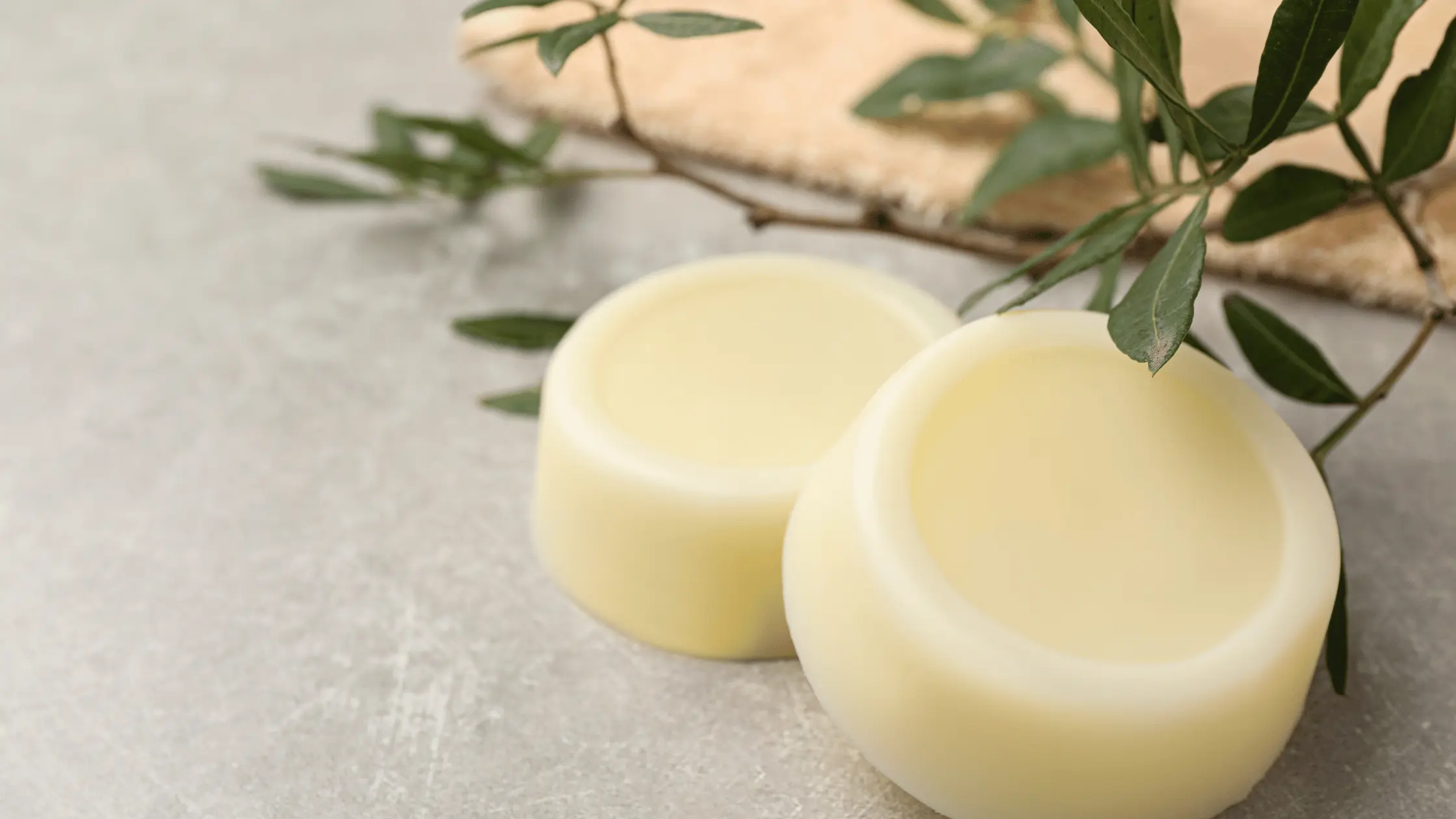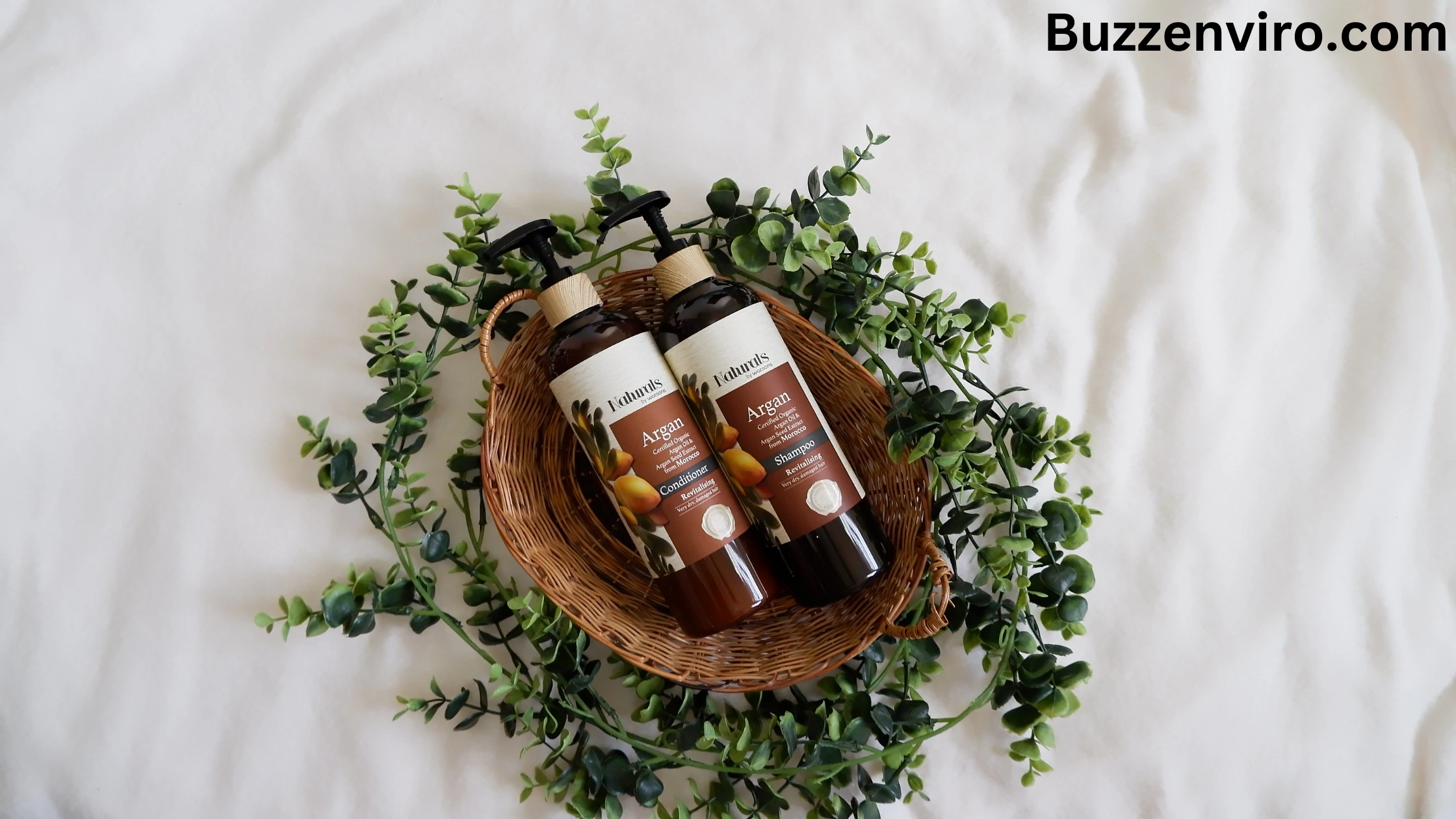Shampoo bar made from natural ingredients are the way to go if you don’t want to deal with the plethora of chemicals in conventional hair care products. The two most common are sodium lauryl sulphate (SLS) and sodium laureth sulfate (SLES). These are the two most commonly avoided chemicals by most clean beauty aspirants. But parabens fand silicones, as well as formaldehyde and coal tar, as well as synthetic fragrances and phthalates, are also common in mainstream shampoos.
In addition to avoiding ingredients that are harmful to your hair and your planet, making your own shampoo bar also helps reduce plastic waste. According to Johnson & Johnson (the parent company of many of the world’s top beauty brands), Americans throw away an estimated 552 billion shampoo bottles annually.
With these simple, natural, vegan, and easy-to-make shampoo bar recipes, you won’t have to worry about plastic bottles ending up in landfills and polluting the environment for decades to come.
The Basic Anatomy of Shampoo Bar
Shampoo bar are made by a chemical process known as saponification, which is the same process that makes soap. However, unlike soap, shampoo bar are easy to make with basic ingredients and basic kitchen tools.
Shampoo bar are usually made by combining fat (e.g. plant oils or animal lard) with lye (sodium hydroxide) and, in some cases, fragrance, then allowing the mixture to sit for a month or so before being dried out. Although lye requires heat for its saponification process, shampoo bar made with lye are non-cooking—the heat is generated naturally.
When making shampoo bars, it is important to always measure your ingredients and have them ready to use, as some steps need to be done quickly. Cover surfaces with newspaper before beginning a recipe. Use gloves and goggles to protect your skin and eyes. Make sure your workspace is well-ventilated, as saponification can cause intense fumes and burn your skin.
1. All-Purpose Shampoo Bar for Normal Hair
This simple lye-based shampoo bar is a great way to mix and match a variety of beauty-focused oils. You can switch up the sweet almond oil by swapping it out for avocado oil or grapeseed oil. You can also mix and match rice bran, macadamia, or other essential oils to create your own unique scent.
Ingredients
- 2/3 cup olive oil
- 2/3 cup coconut oil in liquid form
- 2/3 cup sweet almond oil
- 1/4 cup lye
- 3/4 cup cool water
- 2 tablespoons essential oil (optional)
Steps
- Mix the oils in a bowl made of glass or stainless steel.
- Place the lye in a separate heat-resistant container and slowly pour it into the water, stirring vigorously. Stay away from the fumes.
- Let the lye mixture and water cool to a temperature of about 125 degrees. Then, slowly add the lye mixture to the oil, mixing continuously.
- Use a hand blender to blend until it is the consistency of pudding.
- Mix in the remaining 1/2 cup of oil and essential oils for extra moisture.
- Place the solution in a silicone mould, cover, and allow to sit for 24 hours.
- After 24 hours, take the soap out of the mould and let it dry for 4 weeks.
2. Moisturizing Shampoo Bar for Dry hair
A lot of shampoo bar recipes that claim to moisturize include tallow, or rendered beef fat. But if you don’t want to rub animal fat on your head, shea butter and bentonite clay are great vegan alternatives. Lavender essential oil also pops up here.
- 1/2 cup olive oil
- 1/2 cup coconut oil in liquid form
- 3 tablespoons shea butter
- 1/4 cup castor oil
- 1/3 cup cool water
- 1 tablespoon lye
- 2 teaspoons lavender essential oil
- 2 teaspoons bentonite clay
Steps
- Combine the clay with a small amount of water (enough to moisten the clay) and allow it to sit.
- Combine water with lye as described above.
- In a separate bowl, combine oils with shea butter.
- Simmer the lye mixture with the fat mixture, then blend with the hand blender until thick.
- Turn off the blender, add the clay and essential oil mixture, and mix by hand until you have a pudding-like texture.
- Pour liquid soap into mold, cover, and let sit for 24 hours.
- After 24 hours, take it out of the mold and let it sit for at least 4 weeks.
3. Deep Cleansing Shampoo Bar for Oily Hair
If you don’t like the greasy taste of shampoo bar, try adding apple cider vinegar to your shampoo. Apple cider vinegar helps unclog hair follicles while balancing your scalp’s pH levels. This lye free shampoo recipe exfoliates your scalp with Jojoba beads and fights off excess oil with a pinch of Castile soap.
Ingredients
- 1/2 cup jojoba beads
- 3/4 cup carnauba wax
- 1/2 cup apple cider vinegar
- 1/3 cup liquid castile soap
- 2 teaspoons essential oil (optional)
Steps
- Heat carnauba wax in a double boiler and allow to cool.
- After cooling, mix in the remaining ingredients.
- Fill a soap mold with the mixture and leave to cool for at least 30 minutes.
4. Lye-Free Shampoo Bar for Sensitive Scalps
If you have sensitive skin, castile soap may contain lye. Lye is an alkaline chemical that is known to be harsh on the skin. However, castile soap does contain lye, however, it is highly dilute with plant oils, making it gentler than high concentrations of lye. If you suffer from sensitive skin, try this recipe with rich black molasses, castor oil.
Ingredients
- 1 cup melt-and-pour castile soap
- 1 teaspoon olive oil
- 1/2 teaspoon castor oil
- 1/2 teaspoon black molasses
- 15 drops vanilla essential oil
- 15 drops patchouli essential oil
- 10 drops rosemary essential oil
Steps
- Melt castile soap base in a double boiler.
- Combine the melted butter with the olive oil, the castor oil and the black molasses and allow to cool.
- Mix in the essential oils and pour into the soap mould.
- Allow to sit for 24 hours in the soap mold before cutting






